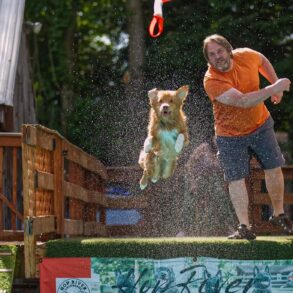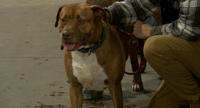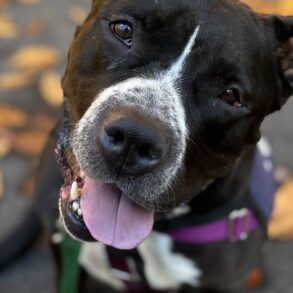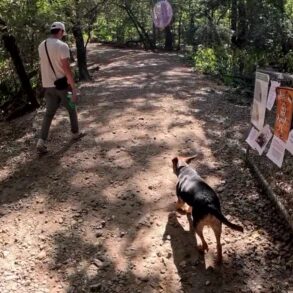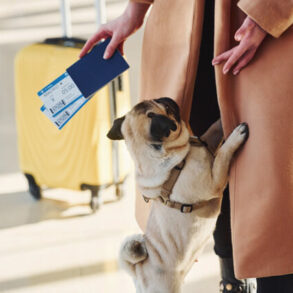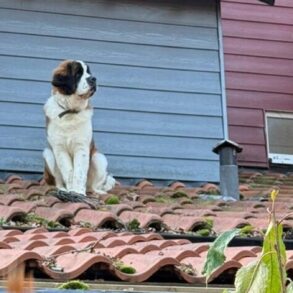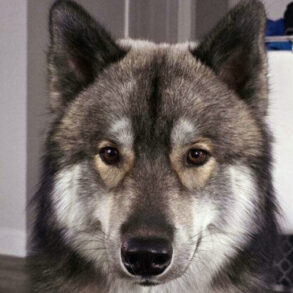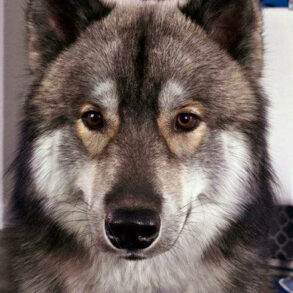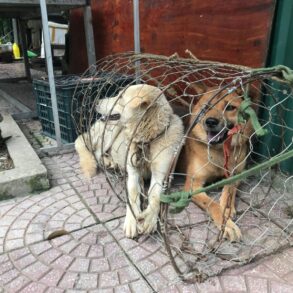
Zheng Yunxiang
A raccoon dog spotted in a Shanghai suburb.
The encounter rate of people with raccoon dogs, native to residential complexes in suburban districts of Shanghai, has further dropped this year, a report revealed on Sunday.
Traces of raccoon dogs have been spotted in 98 residential complexes, or 79 percent of 124 surveyed ones in eight districts such as Songjiang, Minhang and Qingpu, based on this year’s raccoon dog population investigations. This is almost equal to the result of last year.
Correspondingly, traces of the animal’s movement in 26 residential complexes, or 21 percent of the total, disappeared, indicating there are no raccoon dogs there.
The average encounter rate with the animal was 1.06 per kilometer based on line transect method among those spotting, dropping 62.5 percent from 2022 and 8.7 percent from last year.

Wang Fang
Raccoon dogs along a river.
“The decline in encounter rate suggests that more raccoon dogs are reducing their active approach to humans, which in turn reduces the potential risk of conflicts between people and wildlife,” said Wang Fang, a researcher at Fudan University’s School of Life Sciences, head of the research team.
The density ranged between 0.03 and 4.51 per hectare among the 98 residential complexes, while the average was 0.44 per hectare, approximately the same as last year and posing a dramatic decrease of 59.3 percent from 2022, according to the report.
“This decline indicates that the situation of high local density of raccoon dogs in community environments, which attracted widespread social concern in 2022, has been improved,” said Wang. “Proper feeding and improved wet trash management were behind this.”

Wang Fang
An encounter with raccoon dogs at midnight.
“Overall, the phased decline in the number and density of raccoon dogs is a positive change, indicating the possibility of long-term coexistence between urban wildlife and city residents.”
Improper feeding and waste management are the main causes of abnormal increases in the number of raccoon dogs in certain areas, Wang noted.
In the city-wide range, wildlife management science popularization has been carried out since 2022, popularizing the “four don’ts” principles of not being afraid, not touching, not feeding and not harming.
“The distribution, spread, and migration processes of the raccoon dog are in a continuous state of flux, necessitating ongoing survey work for long-term monitoring,” said Wang.
Between 2020 and 2022, the number of raccoon dogs surged in the city, and the explosive increase even triggered conflicts between the animals and humans.
This post was originally published on this site be sure to check out more of their content.






